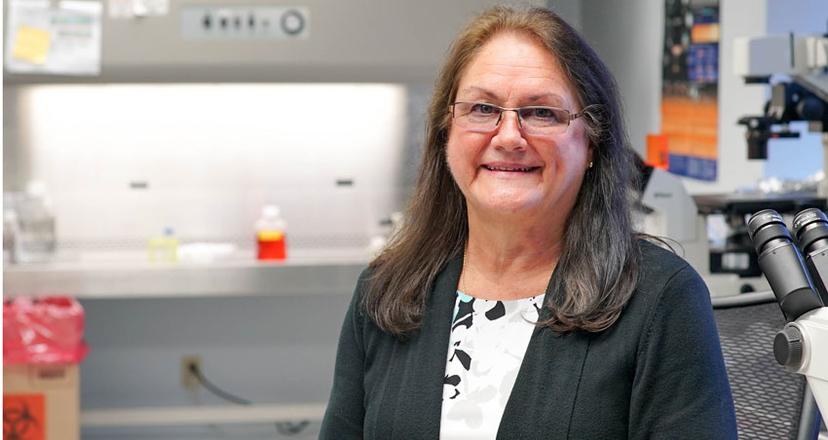New Hepatic Co-Culture Model Offers Scientists More Predictive Drug Toxicity Data
Learn how scientists have developed an innovative hepatic model to better predict hepatotoxicity and discover the secrets to cell culture success at PhoenixSongs Biologicals
16 Oct 2017

Marsha Roach Marsha Roach is Executive Vice President and a Co-Founder of PhoenixSongs Biologicals. During her 14-year tenure at Pfizer, she pioneered the use of stem cell-derived cell types in drug discovery
The number one reason that drugs fail in late phase clinical trials is hepatotoxicity. This suggests that data produced at the preclinical stage was not predictive. Scientists at PhoenixSongs Biologicals recently developed an innovative cell culture model that they hope will take a step towards solving this issue. SelectScience® speaks with Marsha Roach, Executive Vice President of PhoenixSongs Biologicals, to learn about the company’s revolutionary new solution for scientists working with hepatocytes and to find out how her team successfully cultures different cells from multiple human tissues.
Founded by Professor Lola M. Reid, of the University of North Carolina, PhoenixSongs Biologicals is dedicated to developing novel stem cell-derived model systems for research and drug discovery. Roach, who manages the stem cell culture lab, works to develop Reid’s human hepatic cell culture models so that they can be made available to other scientists working with hepatocytes.
Roach and her team have recently been working on a new human hepatocyte co-culture model that also utilizes stromal cells from the liver and puts them back together with the hepatocytes. Roach explains that scientists typically use hepatocytes for drug metabolism, pharmacokinetics, virology and toxicity studies. For these studies, they use primary cells from human livers, as well as primary cells from other species’ livers for IND filings. However, these primary cells only last in culture for a short period of time, just two to five days, meaning that the studies that can be performed are limited.
Get more great content like this sent to your inbox: Register as a SelectScience member today
This co-culture model will expand the types of studies that we can actually do with hepatocytes
Marsha Roach
PhoenixSongs Biologicals
The new Human/Human™ hepatic co-culture, which uses both stromal cells and hepatocytes, enables functional hepatocytes to be cultured for a much longer period of time. Roach explains that the stromal cells are usually discarded from the liver when culturing hepatocytes. Roach adds that, if stromal cells are kept with hepatocytes from the start, they will overgrow the hepatocytes - leading to cell death or disruption in hepatocyte function. The new co-culture model takes the stromal cells and expands them to a regenerative population. The stromal cells are then put into growth arrest and recombined with hepatocytes in culture. This new methodology is a big leap forward as it enables hepatocytes to last in culture for at least 43 days and still be functional. Roach explains that this will enable scientists to carry out many more types of studies using hepatocytes. This is particularly important in the field of drug discovery where it will enable researchers to perform studies over a longer period of time, and to produce more predictive results about the hepatotoxicity of a drug at the preclinical stage.

Culturing cells is a very precise process. Roach explains that when culturing both stem cells or mature cells, it is essential to consider the requirements for each stage of those cells. For example, different media formulations are required to support each stage of development. It is also important to maintain the appropriate CO2 and O2 concentrations. Roach strongly recommends regular calibration to ensure that CO2 and O2 concentrations are accurate. In her lab, Roach uses NuAire, Inc. fume hoods and incubators and speaks highly of their role in protecting her cells. While she has used many different incubators throughout her career, Roach says that she prefers to use NuAire incubators as they are more consistent in performance and maintain their calibration.
I’ve used many different kinds of incubators but I’ve found that the NuAire is my preference
Marsha Roach PhoenixSongs Biologicals
Speaking of the new Human/Human™ hepatic co-culture, Roach foresees the model becoming the gold standard for the life sciences and drug discovery industries. Roach adds that she hopes the model will contribute to making safer, more efficacious medicines by producing data that will better predict how a compound is going to behave in humans.

